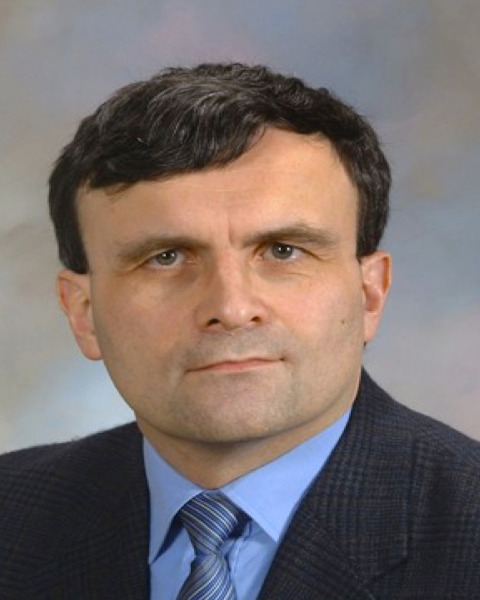SVS-VESS Scientific Session @ VAM: Session 2a
VESS16 - Impact of Area Deprivation Index on the outcomes of venous leg ulcer healing and recurrence
Wednesday, June 19, 2024
3:49 PM - 3:56 PM CT
Location: West Building, Level 1, W184bc

Mark G. Davies, MD, PhD, MBA, MHA (he/him/his)
Vascular Surgeon
Ascension Health
Waco, Texas- TC
Tracy J. Cheun
Fellow
Ascension Health
Waco, Texas
Submitting & Presenting Author(s)
Co-Author(s)
Objectives: Chronic venous disease (CVD) remains a very common problem, with up to 40% of the population showing symptoms and 1% presenting with Venous Leg Ulcer (VLU). Social determinants of health influence outcomes, this study aimed to analyze the impact of area deprivation index among patients undergoing interventions for venous ulceration.
Methods: Between 2012 and 2022, all patients presenting with a primary VLU to an urban medical center were analyzed. Inclusion criteria were all patients with a primary active VLU with superficial truncal venous incompetence and without total deep venous incompetence on duplex imaging or an abnormal ankle-brachial or toe-brachial index. Demographics and interventions to effect healing were recorded. Patient zip codes were correlated with an ADI quintile, defined as quintile 1 (Q1) to quintile 5 (Q5), from least to most disadvantaged. Patients without ADI were excluded. Preoperative, perioperative, and postoperative outcomes considering ADI were analyzed. The primary outcomes of VLU healing at 24 weeks and recurrence within one year were analyzed.
Results: 354 patients (61% female, age 68±10years, mean ± SD) presented with an active VLU to the wound care center and/or vascular clinic. All patients underwent maximal therapy, which consisted of venous ablation, compression, and wound care. Patient distribution by ADI quintile was as follows: Q1 (10%), Q2 (12%), Q3 (19%), Q4 (23%), and Q5 (36%). There was no difference in age distribution or history of DVT across the quintiles. A history of smoking, morbid obesity, and decreased mobility was increased from least to most disadvantaged. On multivariable analysis, the most disadvantaged quintile (Q5) was associated with larger initial wound dimensions (OR, 2.5, 95th% confidence interval [CI], 1.4 -4.71 ; P - .002), slower rates of wound healing by 24 weeks (OR, 0.52; CI, 0.34-0.61; P = .005), increased recurrence within 1-year (OR, 4.8; 95% CI, 2.71 -6.9 ; P = .001) compared with Q1.
Conclusions: Patients presenting with a VLU are more likely to be identified as socially disadvantaged by ADI. Increasing social disadvantage influences VLU healing and recurrence Assessing and addressing social determinants of health as measured by ADI will improve outcomes of VLU management.
Methods: Between 2012 and 2022, all patients presenting with a primary VLU to an urban medical center were analyzed. Inclusion criteria were all patients with a primary active VLU with superficial truncal venous incompetence and without total deep venous incompetence on duplex imaging or an abnormal ankle-brachial or toe-brachial index. Demographics and interventions to effect healing were recorded. Patient zip codes were correlated with an ADI quintile, defined as quintile 1 (Q1) to quintile 5 (Q5), from least to most disadvantaged. Patients without ADI were excluded. Preoperative, perioperative, and postoperative outcomes considering ADI were analyzed. The primary outcomes of VLU healing at 24 weeks and recurrence within one year were analyzed.
Results: 354 patients (61% female, age 68±10years, mean ± SD) presented with an active VLU to the wound care center and/or vascular clinic. All patients underwent maximal therapy, which consisted of venous ablation, compression, and wound care. Patient distribution by ADI quintile was as follows: Q1 (10%), Q2 (12%), Q3 (19%), Q4 (23%), and Q5 (36%). There was no difference in age distribution or history of DVT across the quintiles. A history of smoking, morbid obesity, and decreased mobility was increased from least to most disadvantaged. On multivariable analysis, the most disadvantaged quintile (Q5) was associated with larger initial wound dimensions (OR, 2.5, 95th% confidence interval [CI], 1.4 -4.71 ; P - .002), slower rates of wound healing by 24 weeks (OR, 0.52; CI, 0.34-0.61; P = .005), increased recurrence within 1-year (OR, 4.8; 95% CI, 2.71 -6.9 ; P = .001) compared with Q1.
Conclusions: Patients presenting with a VLU are more likely to be identified as socially disadvantaged by ADI. Increasing social disadvantage influences VLU healing and recurrence Assessing and addressing social determinants of health as measured by ADI will improve outcomes of VLU management.
